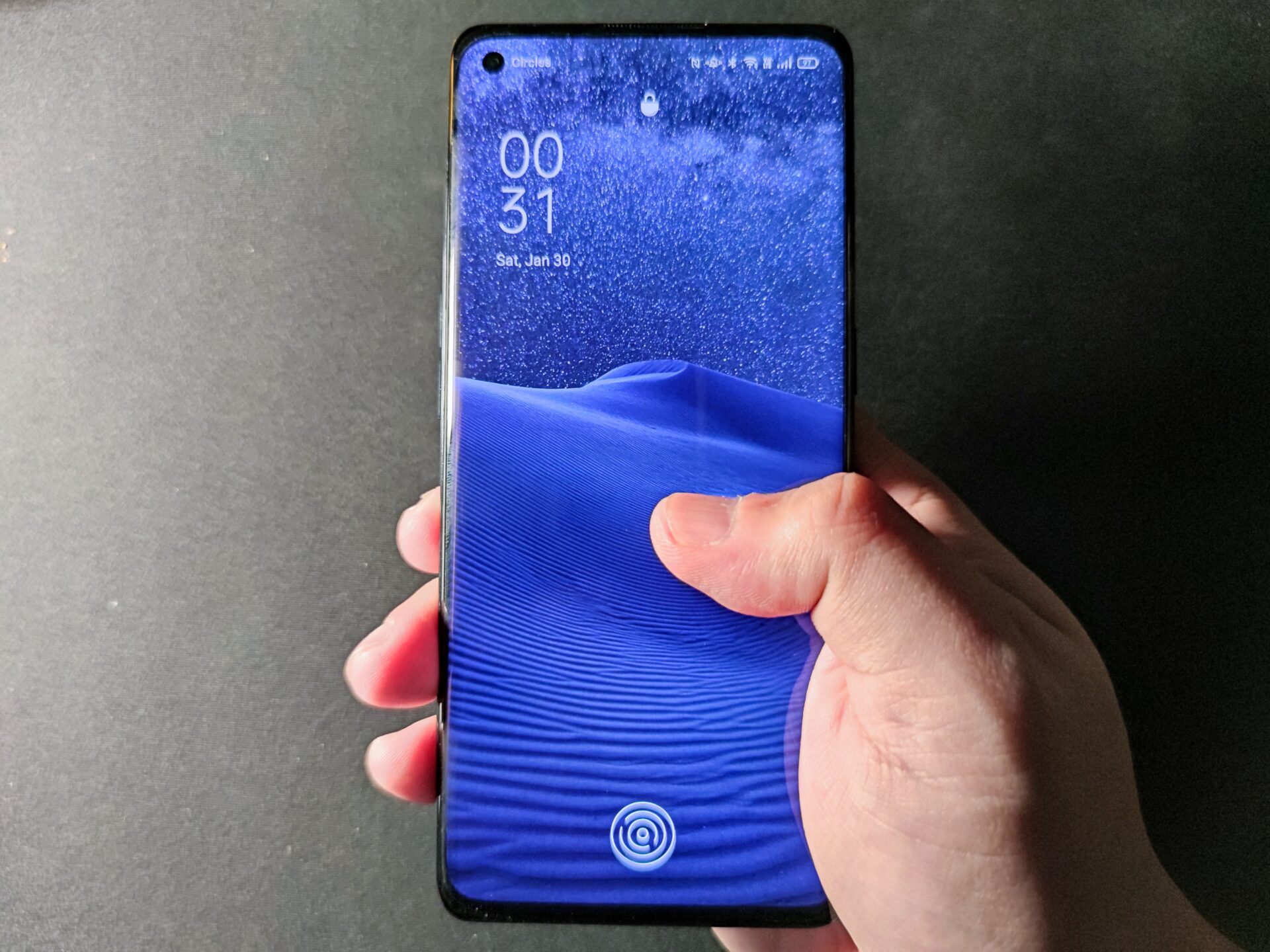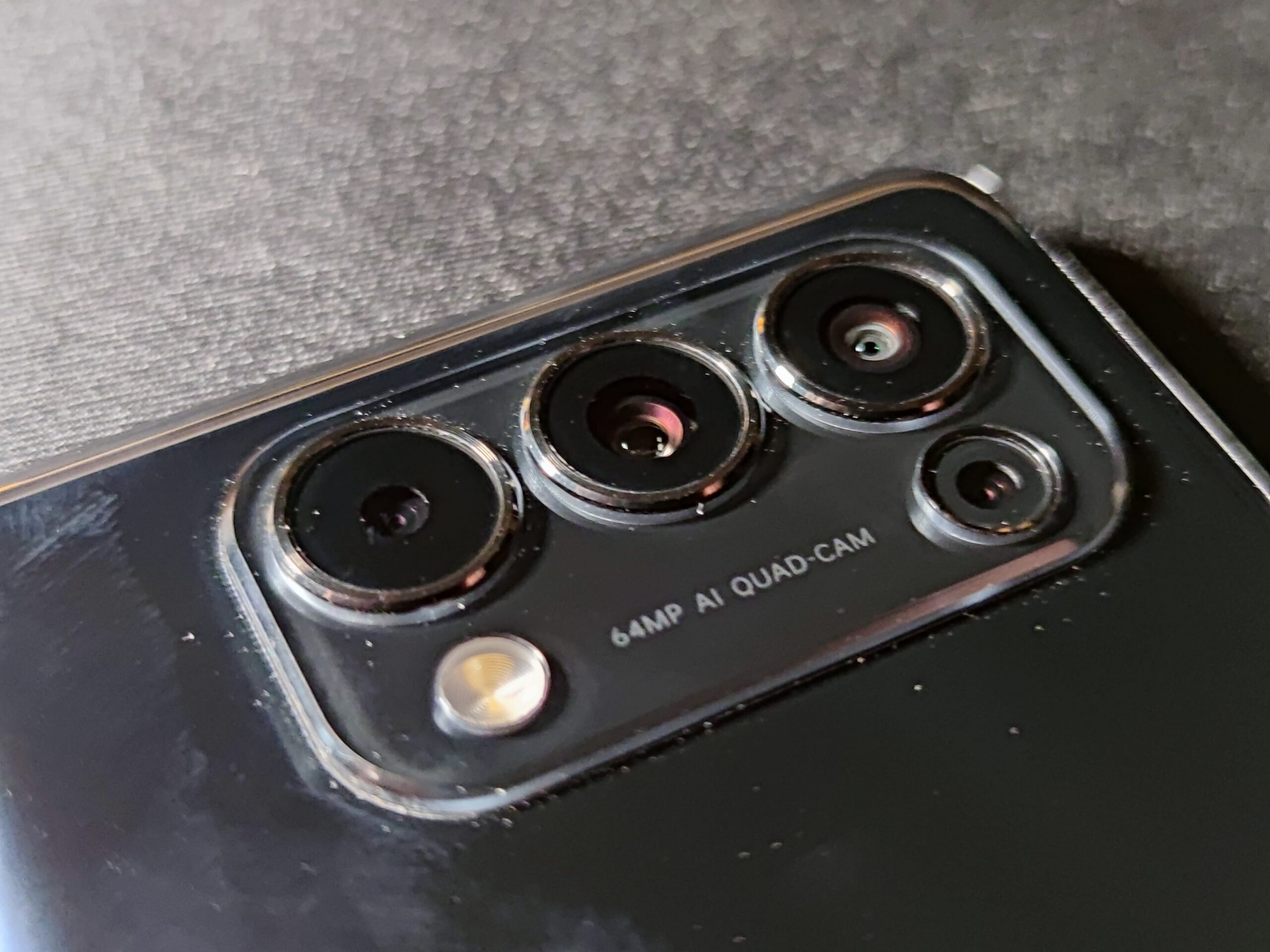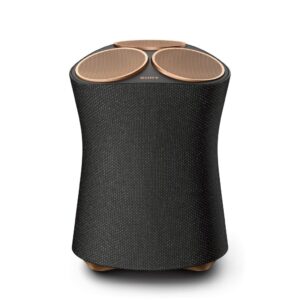
While your first impressions of the new Oppo Reno5 Pro is likely to be its relatively slim design, it is also interesting for its processor, the Dimensity 1000+ from chipmaker MediaTek.
It is one a few phones that use the chip, joining the ranks of Honor’s V40, Xiaomi Redmi K30 Ultra and Vivo’s iQoo Z1.
Using the 7-nanometre manufacturing process, the chip is said to match the more commonly seen Qualcomm Snapdragon 865 for performance, while keeping costs low.
To test the claims, I ran PCMark and 3DMark benchmark tests to compare the new Oppo phone with Xiaomi’s Mi10T Pro and Huawei’s Mate 30 Pro, which use chips from two other manufacturers.
With three benchmarking tests, the Oppo phone’s new chip did not perform as well against the competition, including the year-old Mate 30 Pro. It actually came in with the lowest score except for when it came to the multi-core score.
| PCMark- Work 2.0 | 3DMark- Wild Life | Geekbench 5- Single/multi-core | |
| Oppo Reno5 Pro (Dimensity 1000+) | 7,771 | 2,214 (13.3fps) | 712/2,863 |
| Huawei Mate 30 Pro (Kirin 990) | 9,030 | 3,292 (19.7fps) | 754/2,693 |
| Xiaomi Mi 10T Pro (Snapdragon 865) | 10,216 | 3,757 (22.5fps) | 879/3,230 |
To be fair, synthetic tests will only show how well a processor runs in a controlled environment and does not always reflect reality, but they do make you question the claim that the Reno5 Pro is as fast as competitors using other chips.
The good news is that the Oppo Reno5 Pro does seem fluid enough for everyday use. Certainly, I don’t feel hampered by the performance for the most part of my tests.
And I watched videos online, made video calls, played graphics-intensive games and shot a video with it. I suspect most users would not feel a very noticeable slowdown.
I did some test shots and I’m happy that the Reno5 Pro didn’t take very long to render a Full HD clip.
Unfortunately, that’s the resolution that my Motion Ninja video editing app restricts the phone to, instead of the 4K resolution the phone can shoot at. Interestingly, other phones not using the Dimensity chip has no such issue.
This is a pity since the Oppo Reno5 Pro can capture excellent 4K video clips at 30fps, even in a light-starved environment like the ArtScience Museum in Singapore.
With the limitation on the phone, I have to upload the 4K clips to my desktop PC’s video editing app to maximise the video quality.
Speaking of multimedia, the audio from the phone downward-firing speaker is not the best, either. I would pair my wireless Bluetooth earphones with the phone for a better audio experience when viewing a movie or listening to tracks on Spotify.





Photos captured by the Oppo Reno5 Pro quad-camera array are more than acceptable too. Indeed, they often do a decent job in difficult situations.
Armed with a 64-megapixel sensor for the main camera, an 8-megapixel ultrawide camera, a 2-megapixel monochrome camera and a 2-megapixel macro camera, the phone takes sharp photos that are full of contrast and usually well exposed.
It is a pity that the ultrawide angle camera produces only 6-megapixel image files. These are are great for sharing on the small screen on social media but will not be enough for large prints. Landscape photography buffs may want to look elsewhere.
For selfies, the Reno5 pro comes with a 32-megapixel front-facing camera. It’s great for selfie lovers and the image quality is not too bad.
Thankfully, the beauty enhancement does a superb job smoothing my skin without the awful pastel look seen in many artificial intelligence (AI) beautification apps.
Do not that the Oppo phone does not render small text well in images. I will not use the phone for extreme close-ups with the zoom. Actually, stay away from zooming in with the phone if you want to maximise image quality.


On the positive side, the phone’s 6.5-inch Full HD AMOLED screen is decent enough. It can run at 90Hz refresh rate, supports 100 per cent DCI-P3 colour gamut and it can brighten up to 800 nits in sunlight.
And kudos to Oppo for making text looking crispier than the competition. The Reno5 Pro’s screen is one of the best looking ones I have seen.


Oppo has also made an attractive phone. Despite having a four-camera setup and a 4,350mAh battery, the Reno5 Pro has been kept light at 173g. The thickest point measures just 7.6mm.
The camera bump is not as thick as what you find on the latest flagship phones, such as the Samsung Galaxy S21 Ultra or the Xiaomi Mi 10T Pro so it is easier to pocket as well.
On most counts, the Oppo Reno5 Pro is a fairly capable phone. Images shot on it, especially food photos, are saliva-inducing.
Battery life is decent as well. The Oppo phone can last the day easily, even with the screen keeping the refresh rate at 90Hz. It charges up quickly within an hour using the 65W charger that comes with the phone.
In terms of hardware, it is no slouch, either. It has 12GB of RAM and 256GB of storage space, which is expected from a flagship phone.
What stands out, however, is Oppo’s willingness to bet on the new MediaTek processor. It is a risky decision even though the flagship phone ticks most of the boxes on the specification list.
What doesn’t help is the S$899 price. It’s not as steep as the Samsungs and Apples, but not low enough that consumers are willing to throw caution to the wind and experiment with it.
Don’t forget the Reno5 Pro’s closest competitors as well. The S$749 Xiaomi Mi 10T Pro, at least on paper, performs better and is available at a price that is easier on the wallet.






